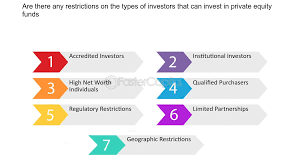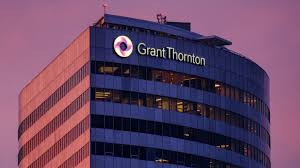Private equity is no more dangerous than any other form of investing
Private equity firms make significant sums of money from purchasing companies and turning them around, often being lauded for their use of

leverage, focus on profits and cash flow, and ability to eliminate unprofitable management. Yet critics argue the industry often fails to consider its effects on workers and consumers.
Since 2010, private equity has suffered from an adverse public image. Investors linked with Payless Shoes, Deadspin, Shopko RadioShack and Toys R Us closing have all blamed private equity. Taylor Swift also complained of the unregulated world of private equity; Congress also has heard constituent complaints regarding surprise medical bills allegedly linked to private-equity deals.
But private-equity sources insist that their industry has been unfairly maligned, and is no more dangerous than any other form of investing. While they admit they sometimes make poor investments, they stress the need for them as the funds would simply not exist to invest in businesses if their investments didn’t usually pay off.
Many of these success stories are captured in case studies, which tell the tale of how businesses have been transformed and grown through strategic leadership, operational expertise and long-term commitment. A well-written case study can serve as a powerful way to attract potential investors.
Case studies can take many forms; for instance, website pages, blog posts, downloadable white papers and videos. A case study could explore an initial challenge faced by one of your portfolio companies that was successfully overcome to deliver significant growth; it may also show financial results achieved and tactics used to reach these results.
Starting the process of writing a case study should begin with conducting a readiness scan that investigates key components of its equity story. This should ideally take place 18 months prior to an anticipated exit and give ample opportunity for testimonial quotes and video footage capture to enhance it further.
Once an equity story is written, it should be tested with investors to gauge their reaction. A perception study conducted by an independent third party can ensure that it is effectively being told, while also helping identify any investor concerns that must be addressed.
At its core, creating an impressive equity story can dramatically enhance fundraising prospects and position you for future deals. But don’t expect it to come together quickly or on its own; rather, consider this a continuous project which needs to change as market conditions and investor expectations change. Professional help may prove invaluable here: they can assist with developing the right structure and voice for your story that resonates with its target audience – creating something easy-to-repeat yet memorable that investors will recall quickly when needed.








